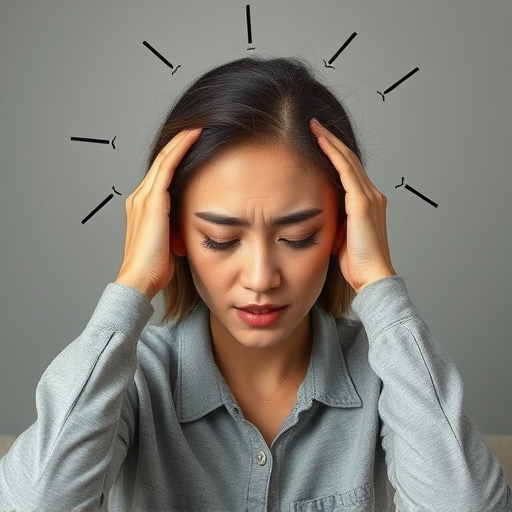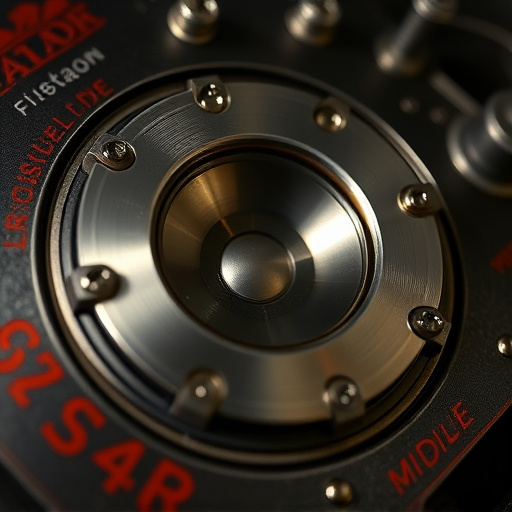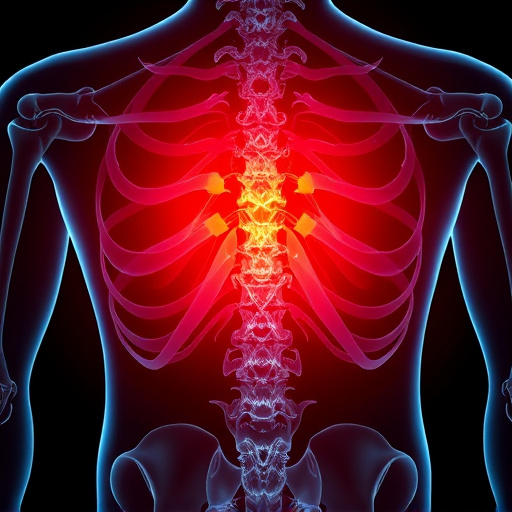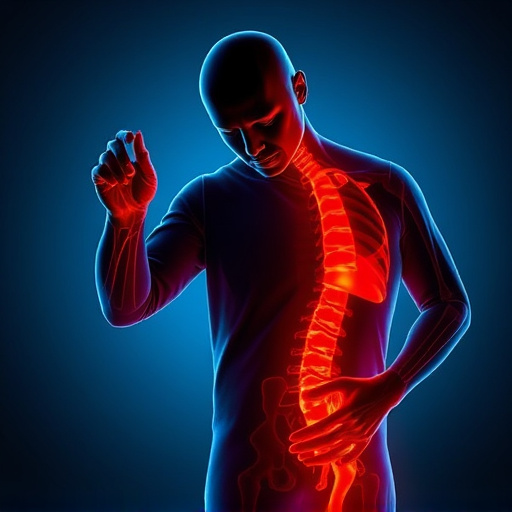Acupuncture, an ancient Chinese medicine practice, offers a non-invasive holistic approach to managing chronic pain by stimulating specific body points (acupressure) to restore energy flow (Qi). Effective for conditions like lower back pain, neck pain, and headaches, it promotes natural healing, reduces inflammation, and releases endorphins. When combined with other treatments, acupuncture addresses symptoms and underlying causes of chronic pain. Studies support its use for managing back pain, arthritis, and pinched nerves, appealing to those seeking medication-free long-term discomfort relief.
Chronic pain affects millions, leaving many seeking effective relief. Acupuncture, an ancient Chinese practice, has gained attention as a potential solution for managing persistent pain conditions. This article delves into the world of acupuncture, exploring its promise in chronic pain management. We’ll uncover how this alternative therapy works, examine scientific evidence supporting its efficacy, and provide insights into its potential benefits for various chronic pain disorders.
- Understanding Acupuncture for Chronic Pain
- How Does Acupuncture Work for Pain Relief?
- Exploring Acupuncture's Efficacy in Chronic Conditions
Understanding Acupuncture for Chronic Pain

Acupuncture, an ancient practice with roots in traditional Chinese medicine, has gained modern attention for its potential role in chronic pain management. Chronic pain is a complex condition that can arise from various sources, including personal injury, chiropractic issues, or conditions like herniated discs. It’s characterized by persistent pain that lasts beyond the normal healing process and often requires alternative treatment approaches. Understanding acupuncture as a therapeutic method involves recognizing how it works to alleviate pain naturally without relying on medications.
This holistic therapy involves inserting thin needles into specific points along energy pathways in the body, known as meridians. The idea behind this practice is to restore balance and stimulate natural healing responses. By targeting these particular points, acupuncture aims to reduce pain signals sent to the brain and promote the release of endorphins, the body’s natural painkillers. This alternative approach has shown promise in managing conditions like lower back pain, neck pain, and even headaches, offering a non-invasive option for those seeking relief from chronic pain without the side effects often associated with conventional treatments or medications used for herniated disc treatment and injury rehabilitation.
How Does Acupuncture Work for Pain Relief?

Acupuncture works by stimulating specific points on the body, typically using thin needles inserted at precise locations. This process is believed to restore balance in the body’s energy flow, known as Qi (or Chi). When the body’s natural healing mechanisms are activated through acupuncture, it can effectively manage chronic pain by reducing inflammation and releasing endorphins, which serve as natural painkillers.
In the context of chronic pain management, acupuncture can be a valuable tool when combined with other treatments like physical therapy or shockwave therapy for pain. It targets not only the symptoms but also the underlying causes of pain, offering a holistic approach to relief. The gentle and non-invasive nature of acupuncture makes it an attractive alternative or adjunctive treatment option for those seeking to avoid medications or explore complementary therapies.
Exploring Acupuncture's Efficacy in Chronic Conditions

Acupuncture has gained attention as a potential alternative therapy for chronic pain management. While traditional Western medicine often focuses on treating symptoms with pharmaceuticals, acupuncture takes a different approach by targeting specific points in the body to restore balance and promote natural healing. Numerous studies have explored its efficacy in managing various chronic conditions, including back pain, arthritis, and even pinched nerve relief. The effectiveness of acupuncture lies in its ability to interact with the body’s nervous system, releasing endorphins that can act as natural painkillers.
This ancient practice considers chronic pain as a symptom of an underlying imbalance rather than just a local issue. By inserting fine needles into specific acupressure points, acupuncture aims to unblock energy pathways, reduce inflammation, and ease discomfort associated with long-term health issues. As a form of wellness care, it offers a non-invasive and holistic approach to neck pain treatment, making it an attractive option for those seeking alternative solutions to manage their chronic pain without relying heavily on medication.
Acupuncture emerges as a promising alternative therapy for those seeking relief from chronic pain management. With its ancient origins and growing scientific support, it offers a natural approach to easing persistent pain without relying solely on medications. While individual results may vary, exploring acupuncture as part of a comprehensive treatment plan could be a game-changer for many individuals struggling with chronic conditions.














